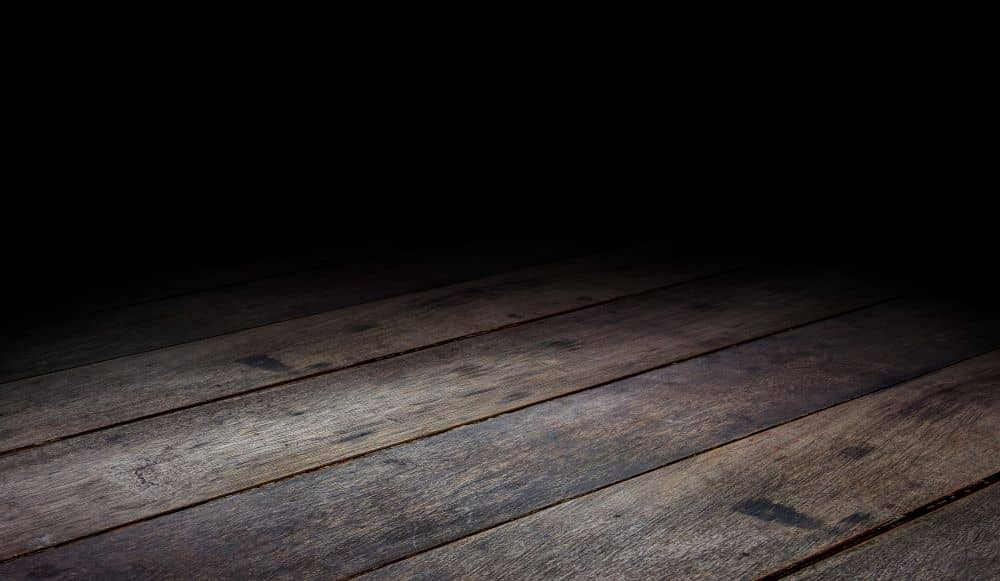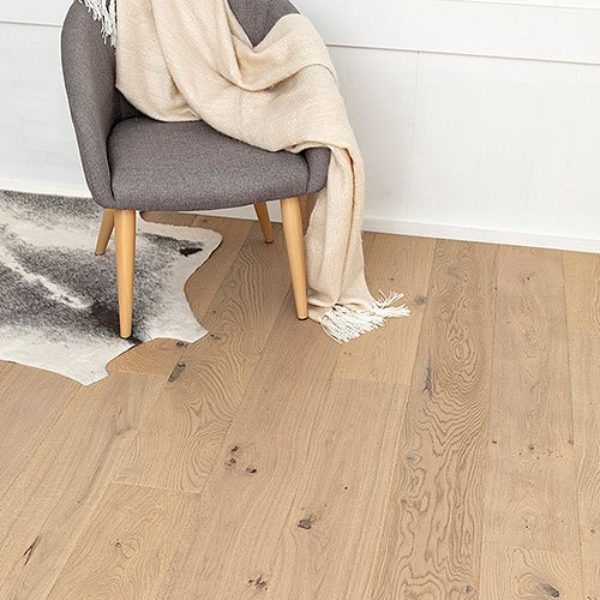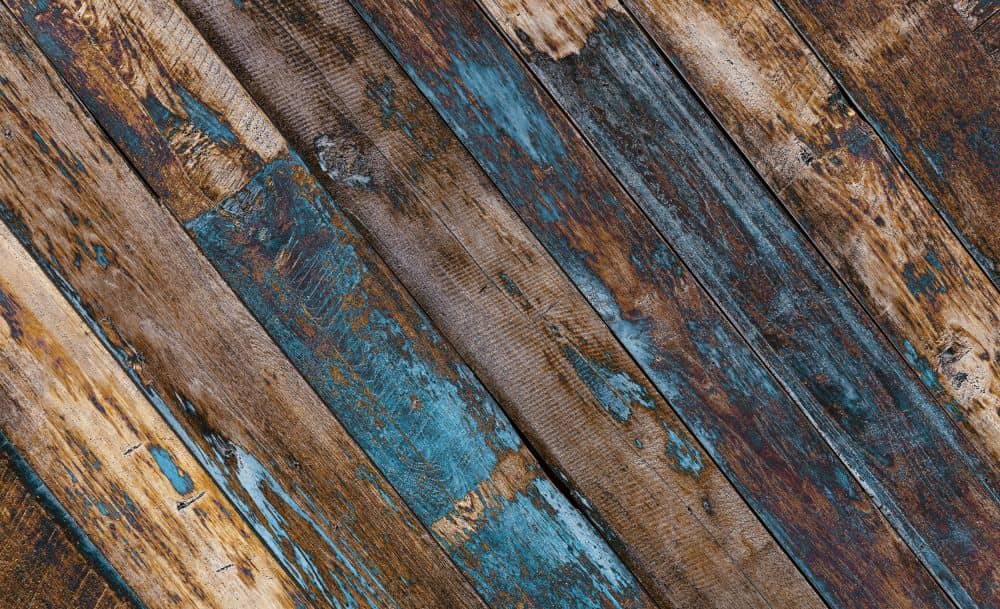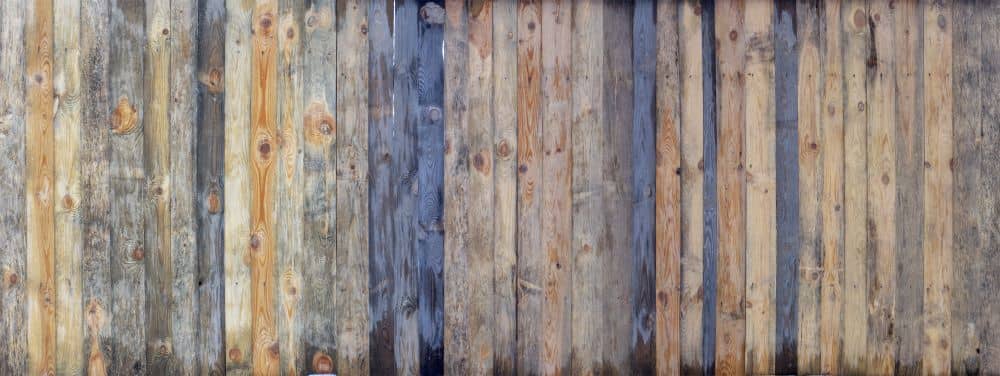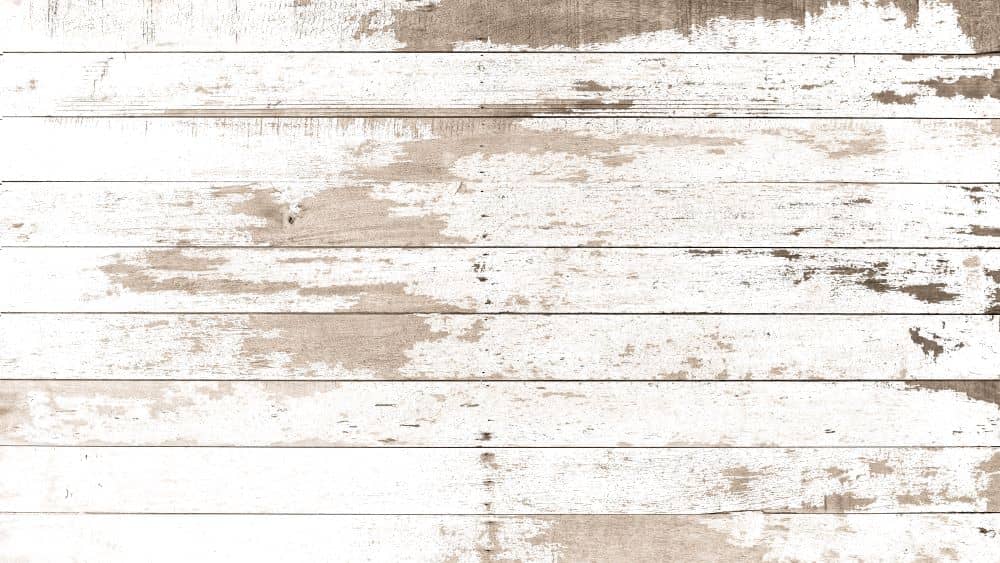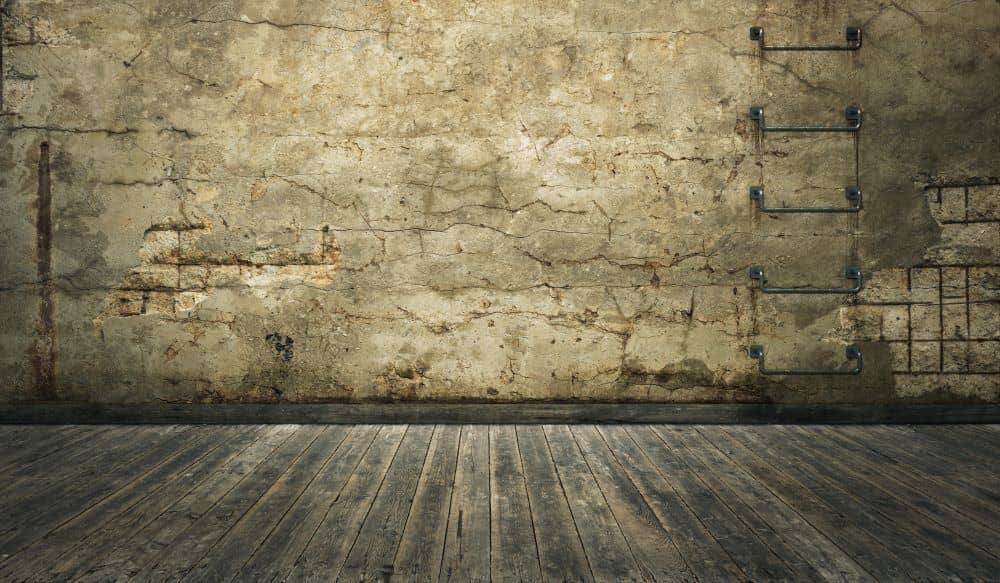As more households become more conscious of their environmental impact, reclaimed timber flooring has seen more popularity. The idea of repurposing old wood for flooring is not a new insight. People have been recycling timber to cut down on the cost of hardwood flooring long before it was cool to do it. Renewed efforts to recycle old wood structures into new timber products began in the 1990s. Deforestation and climate change were at the forefront of people’s minds.
If considering whether or not you should use reclaimed timber for your flooring, learn more about the pros and cons below. You can also check out some excellent alternatives to reclaimed timber flooring.
What is Reclaimed Timber?
Reclaimed timber is any timber that is salvaged from an old and abandoned wooden structure. Usually, the source of the timber was left to rot and decay years ago. Because of age and exposure, a major component of the reclamation process involves stripping down the boards and removing nails.
This timber is then processed to create many different products, including flooring. In Australia, different species of recycled timber have become more popular. Blond woods like Tallowwood, Blackbutt, and Tasmanian oak are currently in high demand. Sydney blue gum, jarrah, red ironbark, and other dark redwood species are less popular for reclaimed timber.
Examples of recycled wood sources:
- Barns
- Wharves
- Railways
- Old Warehouses
- Weathered Power Poles
There are several timber suppliers in Australia that focus on salvaging the timber from these old structures. These timber suppliers understand how to process the old wood effectively. They turn what was once old, decaying wharves and barns into floor planks, beams, posts, and more.
The Reclamation Process
The reclamation process is not as simple as finding old timber and creating something new out of it.
- First, any source of timber needs to be checked thoroughly. Pests and bugs infiltrate as wood decays, which leads to problems if left unaddressed. Infected timber is something no one wants in their home or business.
- Old paint, trace metals, water damage, and other flaws need to be removed before old timber can be processed, too. These flaws can create issues during the processing if they are left alone. The contamination from chemicals is also something that most homeowners do not want to have in their interior spaces.
- The old timber is then dried, especially if it has been left open to water and moisture for a significant period. Water can cause many types of wood to warp or buckle. Mould can also develop insidiously. Drying the lumber seals it against any further deterioration before it is packaged for sale.
- After finishing these preparation tasks, the timber gets milled into flooring planks and other products. Typically, reclaimed timber flooring is packaged and stored as is without any stain. But some versions of reclaimed timber, like Airstep’s Reclaimed Wild Oak Engineered Timber collection, uses reclaimed timber materials for the veneer. The result is stunning variation and rustic authenticity without the hassle of caring for solid hardwood flooring.
Advantages of Reclaimed Timber Flooring
There are many reasons why reclaimed timber is such a popular flooring option in Australia. If you are enthusiastic about rustic, vintage, or weathered styles, reclaimed timber might be one of your ideal aesthetics.
Unique Colouration
Reclaimed timber has more obvious variation in colour. Newly-cut timber is more likely to have a uniform colour depending on the species. You will notice that reclaimed timber flooring has more unique variations due to the nature of the source. Hardwood that has been exposed to the elements will be faded or darkened in different spots.
Durability
Durability is not a foregone conclusion with reclaimed timber. Timber is rated differently according to its natural durability and hardiness. Reclaimed wood sources are more likely to have a higher rating on the Janka hardness scale. The reason for this is that old wooden structures were built using old-growth trees that no longer exist. These old-growth trees feature strong, hardy characteristics made even harder with time and exposure to the elements.
Grain Texture and Characteristics
Interesting grain characteristics are associated with many types of reclaimed timber flooring options. Bold grain details are emphasized by the passage of time in old timber sources. Interior designers like to use unique, vintage details in their decor. Reclaimed timber features a lot more character and charm compared to a lot of new timber flooring styles. Look for reclaimed timber designs that feature intricate patterns, big bolt holes, and the effects of fading and weathering.
Exotic Timber
Reclaimed timber is an option for anyone who loves the beauty and rarity of exotic hardwood flooring. Repurposing old timber is a more sustainable option than cutting down more exotic trees that may be threatened in the wild. You might even find a unique reclaimed timber find, such as an extinct species or wood sourced from ancient forests.
Disadvantages of Reclaimed Timber Flooring
While reclaimed timber floors may sound wonderful, there can be some disadvantages to them for some home or business owners.
Knowing what to expect when you purchase a reclaimed timber flooring product is essential:
Pests
Old lumber that has been left to rot easily becomes the home for pests, bugs, and other infestations. Make sure you go through a reputable source for reclaimed timber flooring. You want to avoid bringing harmful pests into your home, especially ones that target lumber. An infestation in your flooring can spread to your furniture and other wooden decorations.
Cost
Some people falsely believe that reclaimed timber products will be cheaper than those made with new timber. However, that is usually far from the reality of reclaimed lumber. The process of reclamation involves a lot of thorough inspections to ensure the quality of the timber. Then the wood must be processed and milled into planks, which has to be done with more care than with newly cut lumber. You, the consumer, must pay for the extra labour involved to create this finished product.
Less Variety
New timber floors offer more variety than reclaimed timber flooring. There are now more limited sources of recycled lumber, which means that you will have to search for the right colour and species for your space. New timber floors are made with readily available materials. You can find the right colour, grain pattern, and plank size without problems when you buy new flooring.
Legitimacy
Be aware that some people try to sell flooring and other products falsely as true reclaimed timber. Recycled wood products are becoming rarer as their sources of it are depleted. Despite the rarity, reclaimed wood flooring is still extremely popular. Some dishonest people like to take advantage of that fact by fooling customers.
Any reclaimed timber flooring product needs to come with certification about its authenticity (if possible). Look for details about the source and legitimacy of the wood. You do not want to end up paying for a less expensive flooring product disguised as rare, expensive reclaimed timber.
Is Reclaimed Timber Flooring Right For Your Spaces?
Choosing whether to use reclaimed timber is a highly personal decision. If you are attracted to the idea of creating a space that tells a unique story through its decor, reclaimed timber floors can be a big part of realizing that goal. Depending on the source, reclaimed timber may come with an interesting background to share with guests.
Of course, the decision may also come down to a choice between sustainability and affordability. Your budget for flooring may need to prioritize a cheaper option, even if it is not a hardwood variety. If you have more disposable income, reclaimed timber floors can be a fun way to make your home more environmentally conscious.
Alternatives
If you are attracted to the style and aesthetic of reclaimed timber floors, consider finding an alternative to authentic reclaimed hardwood. Many flooring brands find ways to replicate the weathering and fading found in recycled lumber. Vintage and antique interior designs are gaining new popularity in today’s homes and businesses. Authentic distressed and rustic styles are available without the price tag of reclaimed timber flooring.
You can even get your hands on a hybrid or engineered timber flooring that uses sustainable materials. This option may be right for you if you worry about your environmental impact. As sources of reclaimed timber become rarer, these renewable flooring brands will probably become a more meaningful player in the flooring market.



